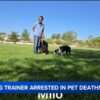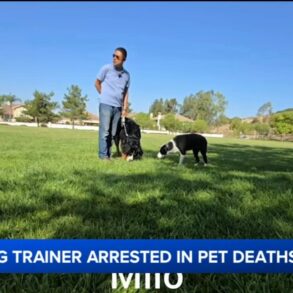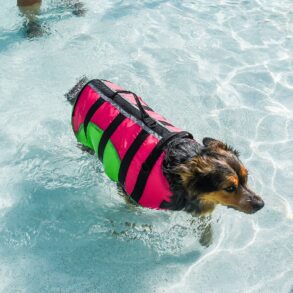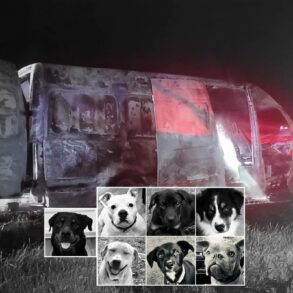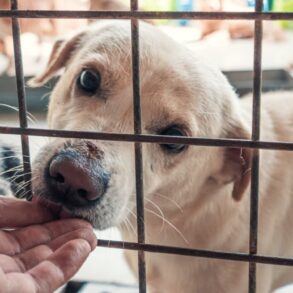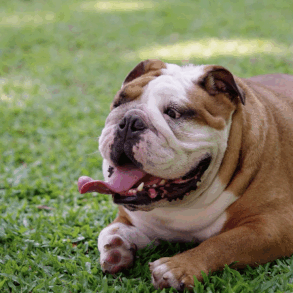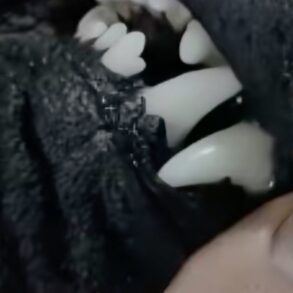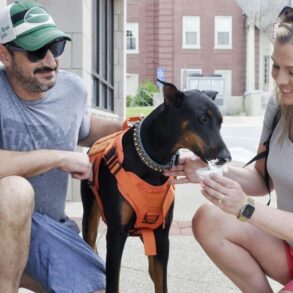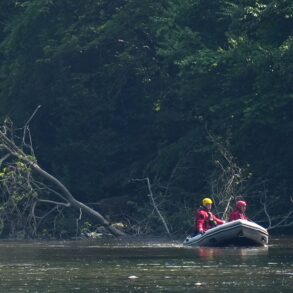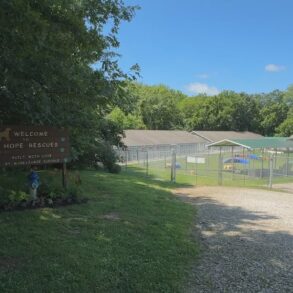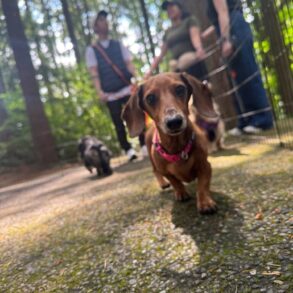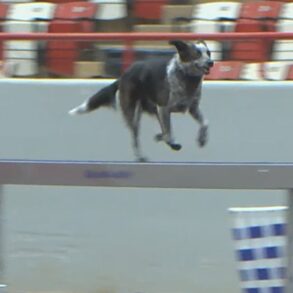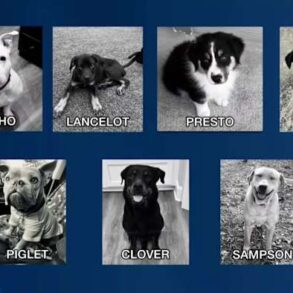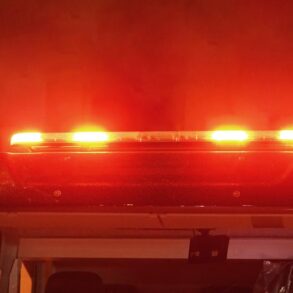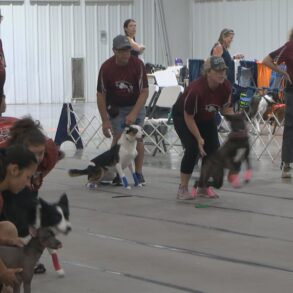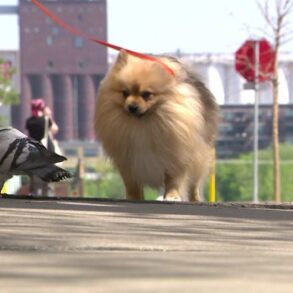Scientists have studied the DNA of dogs living near a site once synonymous with an infamous nuclear accident. Their work reveals that a group of dogs close to the damaged reactor lacks any signs of unusual nuclear-related shifts in genetic material.
These findings point to a variety of environmental factors that may be influencing differences between dogs in the city and those around the reactor, yet radiation-driven genetic mutation does not appear to be among them.
Matthew Breen from North Carolina State University and colleagues at Columbia University Mailman School of Public Health helped to shape these observations.
Dogs living in Chernobyl
The ionizing radiation that followed the 1986 accident in Chernobyl spread radioactive particles and other toxins through the region.
The cleanup efforts and industrial remnants introduced a wide range of contaminants, including lead powder and asbestos.
Decades later, free-breeding dogs remain in the Chernobyl Exclusion Zone, forming two distinct groups: one around the power plant and the other in the city.
“We have been working with two dog populations that, while separated by just 16 kilometers, or about 10 miles, are genetically distinct,” Breen noted.
“We are trying to determine if low-level exposure over many years to environmental toxins such as radiation, lead, etcetera, could explain some of those differences.”
The unique situation in Chernobyl offers a chance to explore differences shaped by environmental exposures. Historical accounts suggest that many animals were left behind, and their descendants adapted to life in a zone with heavier contamination near the reactor than in the city.
Untangling genetic clues
Researchers performed a detailed comparison of the genomes in both groups of dogs to see if exposure led to strange mutations.
They examined the possibility that repeated exposure to low-dose contaminants altered large parts of the genome. They also ran precise analyses of single-nucleotide variants to spot any signs of unusual changes.
“First, we contextualized the level of genetic differences between two dog populations, which indicated that the genetics of Chernobyl City dogs were very similar to dog populations in Russia, Poland and the surrounding areas,” explained Megan Dillon, Ph.D. candidate at NC State.
“That way, we were able to use the Chernobyl City dogs as a representative control population to compare with the NPP dogs.”
Scientists systematically looked for irregularities in ionizing radiation, affected dogs at multiple scales. They checked for numerical errors in chromosomes and for unexpected shifts within smaller segments of the genome.
No large-scale flaws turned up. There was also no sign of higher mutation rates in the power plant dogs, contrary to speculation that they might pass on unusual variants to offspring.
Discovering alternate explanations
Investigators believe that some of the differences between these dog groups could be traced to separate breeding pools or selective pressures unrelated to radiation.
After all, dogs in each area are free-roaming animals that may come into contact with different resources and contaminants. They also appear to have minimal intermingling across the 10-mile divide.
It is possible that genetic traits, which once gave a survival boost right after the accident, remained in the power plant group. That would help explain why the dogs near the reactor look genetically distinct.
Environmental factors beyond radiation, such as heavy metals, might also shape slight differences without causing any significant rise in inherited mutations.
Why Chernobyl dogs matter
“Most people think of the Chernobyl nuclear accident as a radiological disaster in an abandoned corner of Ukraine, but the potential adverse health implications are much wider,” explained Norman Kleiman, professor of environmental health sciences at the Columbia University School of Public Health.
“While no one lives at the NPP or in Pripyat anymore, up until the Russian invasion many thousands of people continued to work there every day on remediation and construction projects nearby.”
These observations show how animal populations can serve as indicators of health risks. If harmful gene alterations had taken root, scientists might have found a clue pointing toward similar issues for humans who share that environment.
Instead, no nuclear-related changes were detected, so the community can better focus on investigating other toxins and ecological dynamics.
Looking ahead
Research teams have also studied ticks found on these dogs and documented how pathogens vary across the two areas.
This parallel project could reveal additional factors at play, since the reactor zone might harbor distinct insects and microbes.
By analyzing a broader range of features, scientists are gradually piecing together how dogs adapt to such an unusual setting.
Some investigators plan to learn whether selective forces shaped the power plant dog group early on, especially if certain dogs with beneficial traits survived and produced new generations.
This approach goes beyond seeking obvious nuclear mutation. Instead, it highlights how a mix of environmental elements can nudge a group of animals onto its own genetic path.
“Our study confirms that no noticeable nuclear abnormalities are at work,” the research team concluded in their recent publication. Their next steps will examine other ways the dogs’ environment may influence their health and genetics.
The study is published in PLOS ONE.
—–
Like what you read? Subscribe to our newsletter for engaging articles, exclusive content, and the latest updates.
Check us out on EarthSnap, a free app brought to you by Eric Ralls and Earth.com.
—–
This post was originally published on this site be sure to check out more of their content.



